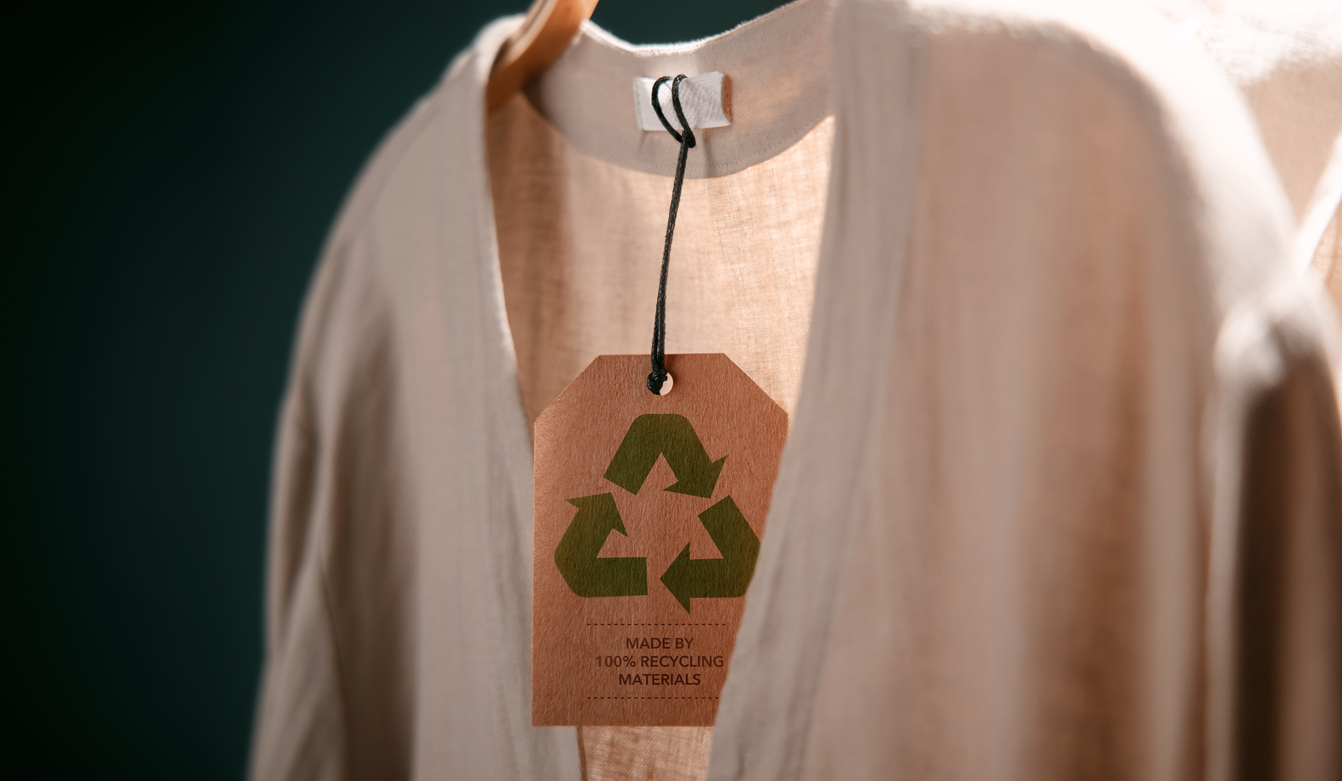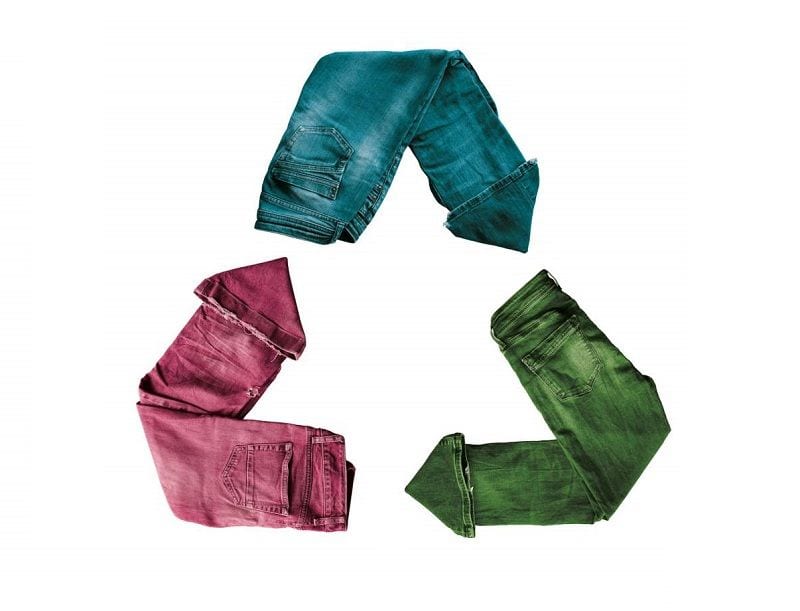Keep Ahead of the Contour by Exploring Innovative Fashion Trends
In a sector as dynamic as style, remaining ahead includes greater than simply complying with present trends-- it requires an exploration of technology. Smart textiles, as an example, are transforming garments right into practical masterpieces, while 3D printing is reinventing design procedures with its customizable, waste-reducing capacities. As sustainability becomes a cornerstone, developments like green materials and round fashion methods are reshaping environmental responsibility - Cape Town Sustainable Fashion. Additionally, the merging of innovation and fashion heralds a brand-new period of consumer involvement. Exactly how, after that, can these emerging fads redefine the future of fashion, and what implications do they hold for brands seeking to grow in this evolving landscape?

Accepting Smart Textiles
In the last few years, the fashion business has observed a transformative shift with the integration of clever textiles, an innovative innovation that blends technology with material. This development represents not only a fusion of aesthetics and functionality however additionally a considerable leap in the direction of sustainability and personalization in style. Smart fabrics, also called e-textiles, installed advanced electronic devices such as sensors and conductive strings within the fabric, allowing garments to interact with the user or the setting.
These textiles are made to monitor physical specifications, such as heart rate or body temperature, supplying real-time health analytics. Beyond wellness applications, clever textiles are additionally being used for adaptive garments, which can transform shade or pattern in reaction to environmental stimuli, hence offering a dynamic style experience.
Additionally, the advancement of energy-harvesting fabrics that generate power from motion or sunlight is paving the means for self-sufficient wearable technology. This advancement is interesting environmentally aware consumers and designers intending to minimize the eco-friendly impact of style. As r & d in this area advance, wise fabrics are anticipated to become progressively widespread, improving the landscape of modern fashion with their multifunctional abilities.
The Increase of 3D Printing
Transforming the production landscape, 3D printing has actually emerged as a game-changer in the garment industry. This innovative modern technology has actually enabled designers to press the boundaries of creative thinking, creating detailed and tailored garments that were previously unbelievable. By leveraging digital design and additive manufacturing, 3D printing facilitates the creation of complex geometries and patterns, allowing designers to try out new structures and frameworks.
A noteworthy advantage of 3D printing in fashion is its capacity to create on-demand, minimizing waste and decreasing stock requirements. This performance not only enhances production processes but likewise permits quick prototyping, making it possible for developers to bring their visions to life in a much shorter timeframe. Moreover, 3D printing sustains modification somewhat unparalleled by traditional techniques, offering special styles and personalized fits customized to specific customer choices.
The surge of 3D printing has likewise democratized style, making it obtainable to emerging designers that can now fabricate top quality items without substantial economic investment in standard production infrastructure. As technology remains to breakthrough, the style market is positioned to harness the full capacity of 3D printing, discovering brand-new materials and techniques that will definitely redefine how fashion is conceived and produced.
Sustainable Style Advancements
As the fashion business grapples with the pressing demand for environmental important source responsibility, sustainable fashion technologies have actually arised at the leading edge of transformative change. The growing awareness of ecological effect has actually fueled a change in the direction of even more eco-conscious methods and products. Developers and brands are currently focusing on sustainability, incorporating methods that lessen waste and decrease carbon footprints.
One considerable advancement is the rise of circular style, which stresses recycling and upcycling to prolong the lifecycle of garments. This approach not just reduces waste but additionally encourages customers to take on a much more mindful method to clothing intake.
Another breakthrough depends on the fostering of cutting-edge dyeing techniques that utilize waterless procedures or all-natural dyes, therefore reducing the huge quantities of water and chemicals typically made use of in textile dyeing. In addition, advancements in biotechnology have led to the development of lab-grown natural leather and fabrics, using ecologically pleasant and cruelty-free alternatives to traditional products. With these pioneering initiatives, the fashion market is making significant strides towards an extra lasting future.

Tech-Integrated Garments
Tech-integrated garments represents a revolutionary blend of style and technology, improving just how individuals engage with their garments. This innovative domain name is noted by the incorporation of wise textiles and embedded electronic elements, improving both capability and visual charm. From fitness trackers installed in sportswear to warmed coats regulated using smart device apps, tech-integrated clothing provides customers unprecedented comfort and versatility.
Introducing brand go to website names are driving this fad, concentrating on producing garments that reply to environmental stimuli or individual commands. For instance, some garments can change shade or pattern in feedback to temperature level changes, while others integrate biometric sensing units to monitor health and wellness metrics like heart price or anxiety degrees. The smooth combination of modern technology right into fabrics likewise prolongs to environmental sustainability, with efforts to develop self-cleaning materials or garments that get used to weather problems, hence decreasing the demand for numerous layers.
Furthermore, the development of wearable innovation is not simply limited to garments but encompasses devices like watches and eyewear, more broadening the extent of tech-integrated style. As the sector proceeds to innovate, the possibility for personalization and customization in clothing grows, offering customers one-of-a-kind, tech-enhanced style experiences that deal with their individual needs and choices.
Future of Virtual Style
Over the last few years, the future of digital style has emerged as a transformative pressure within the industry, leveraging improvements in digital modern technology to redefine exactly how style is created, experienced, and taken in. By integrating enhanced truth (AR), digital truth (VIRTUAL REALITY), and 3D layout tools, designers can currently craft immersive and interactive experiences that transcend traditional style limits. Virtual style permits the production of garments that exist only in electronic environments, supplying countless opportunities for innovation without the limitations of physical production.
This digital shift not just offers opportunities for imaginative expression yet likewise addresses sustainability worries inherent in conventional fashion techniques. Cape Town Sustainable Fashion. By removing the requirement for physical resources, virtual style decreases waste and reduces carbon footprints. In addition, the surge of online fashion lines up with the increasing customer need for customized and distinct experiences, as online garments can be tailored and customized to private preferences with simplicity

Conclusion
The style industry's future lies in the integration of cutting-edge innovations and sustainable practices. Digital style is positioned to redefine consumer communications.
In current years, the fashion sector has actually experienced a transformative change with the integration of smart fabrics, an advanced advancement that mixes technology with textile.As the style market grapples with the pressing demand for environmental obligation, sustainable fashion advancements have actually arised at the forefront of transformative change.In current years, the future of virtual fashion has emerged as a transformative force within the industry, leveraging advancements Learn More Here in electronic modern technology to redefine exactly how fashion is produced, experienced, and eaten. The increase of online fashion lines up with the boosting consumer demand for individualized and one-of-a-kind experiences, as online garments can be personalized and customized to private choices with convenience.
The style market's future lies in the combination of cutting-edge modern technologies and sustainable techniques.